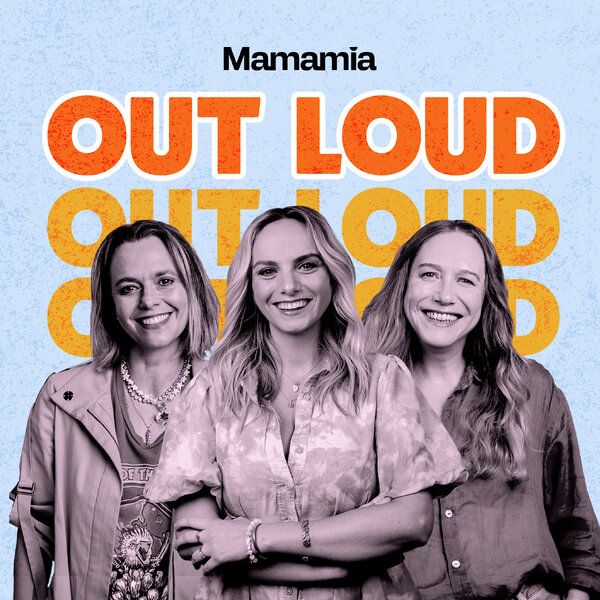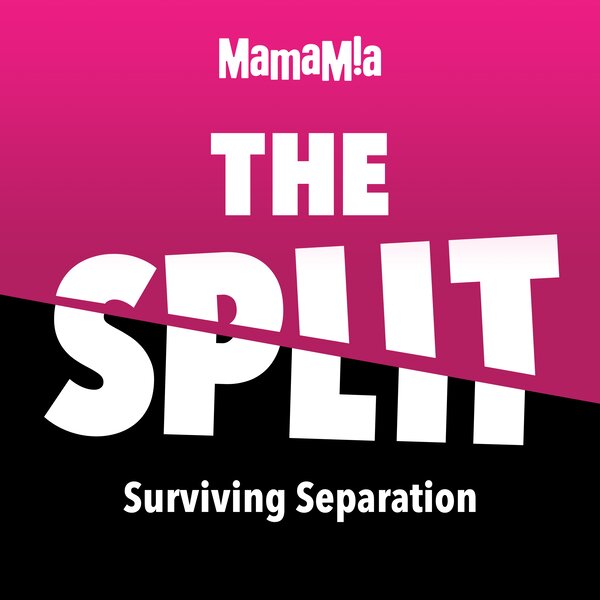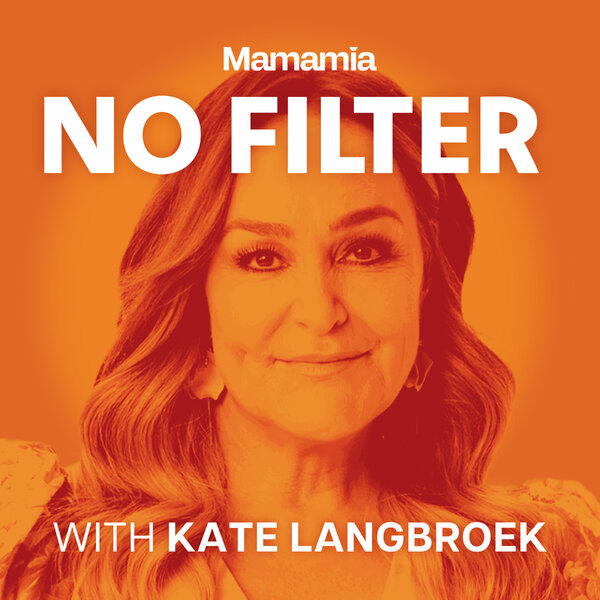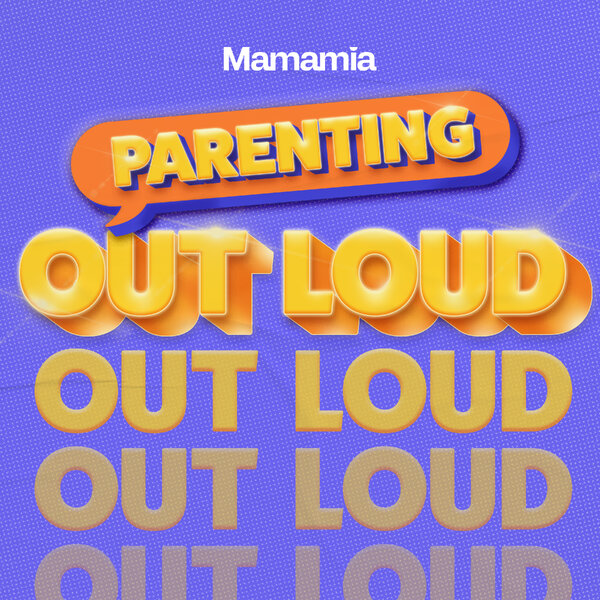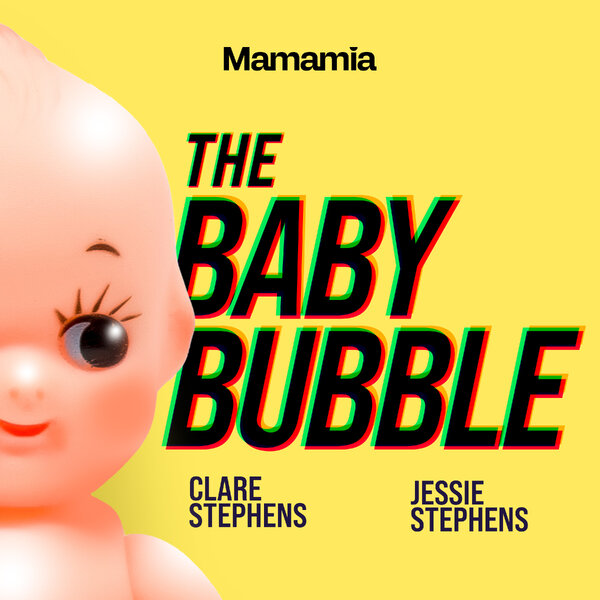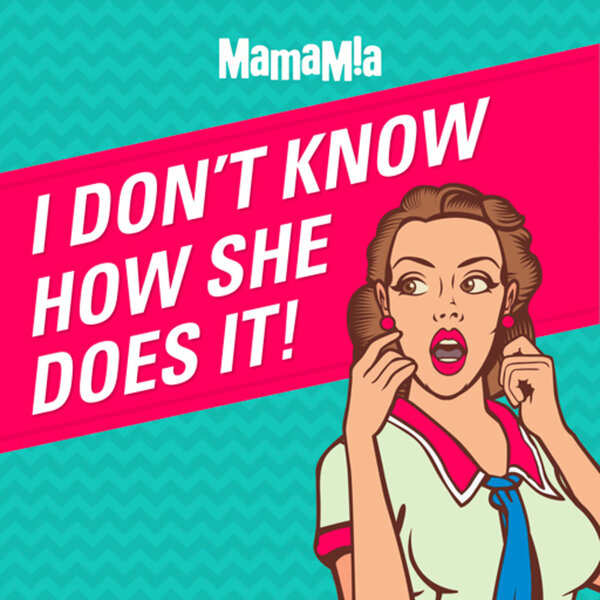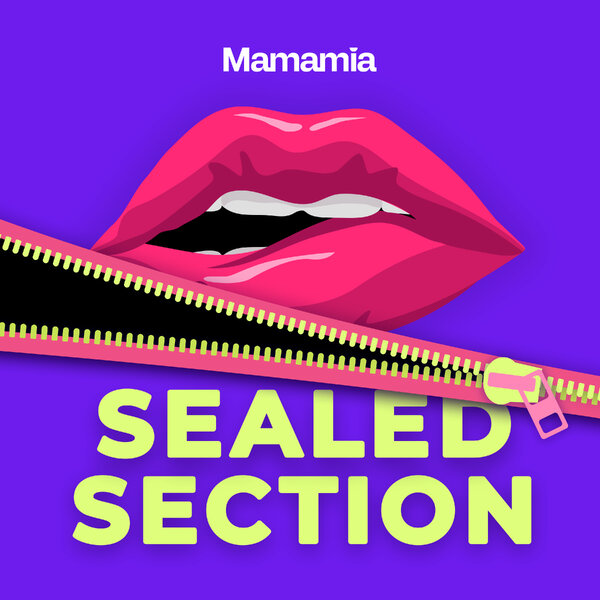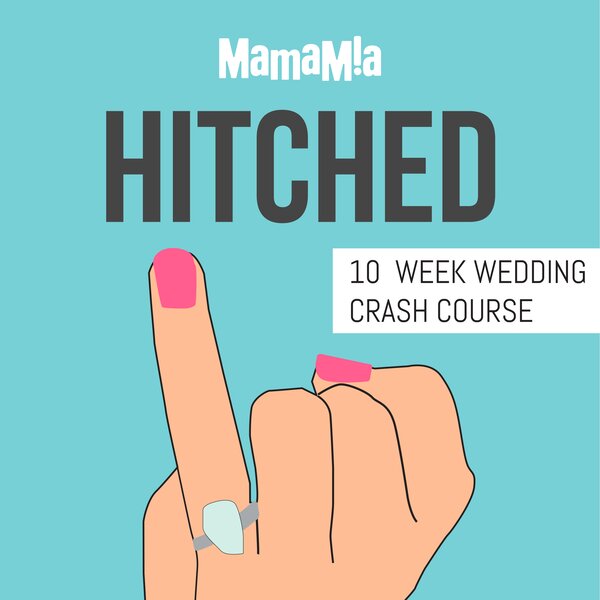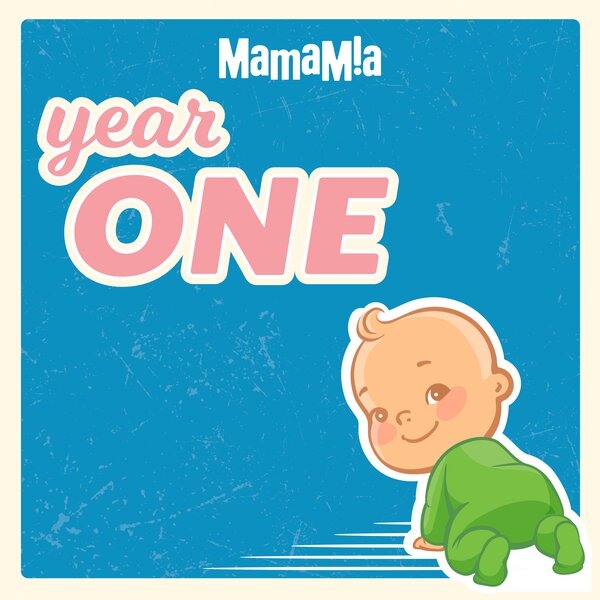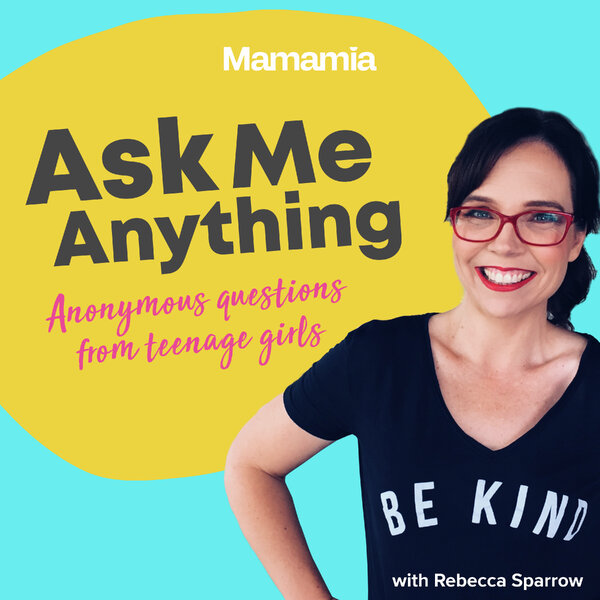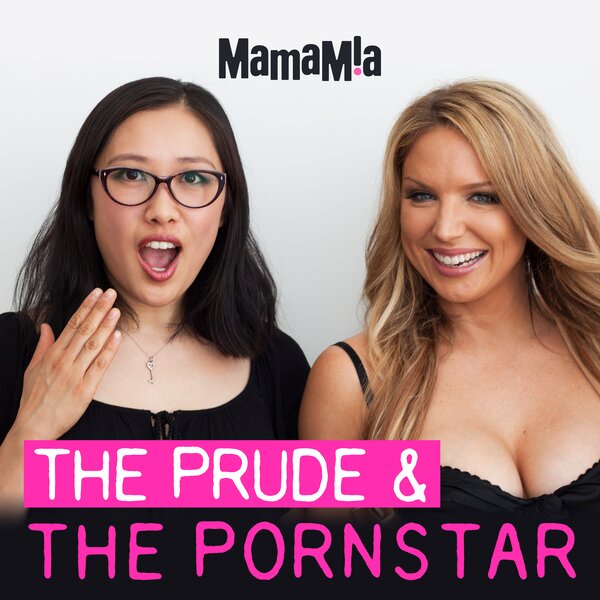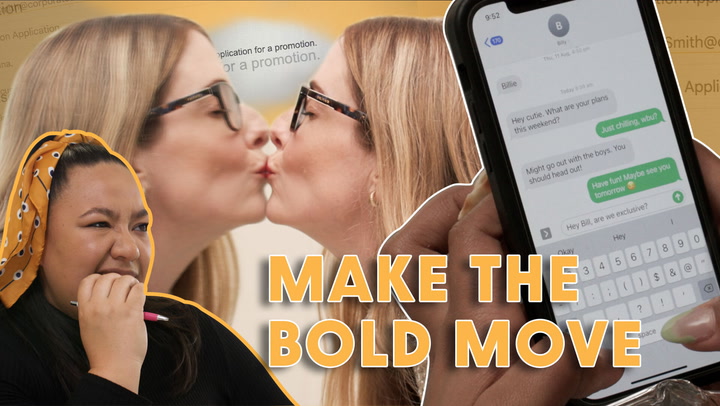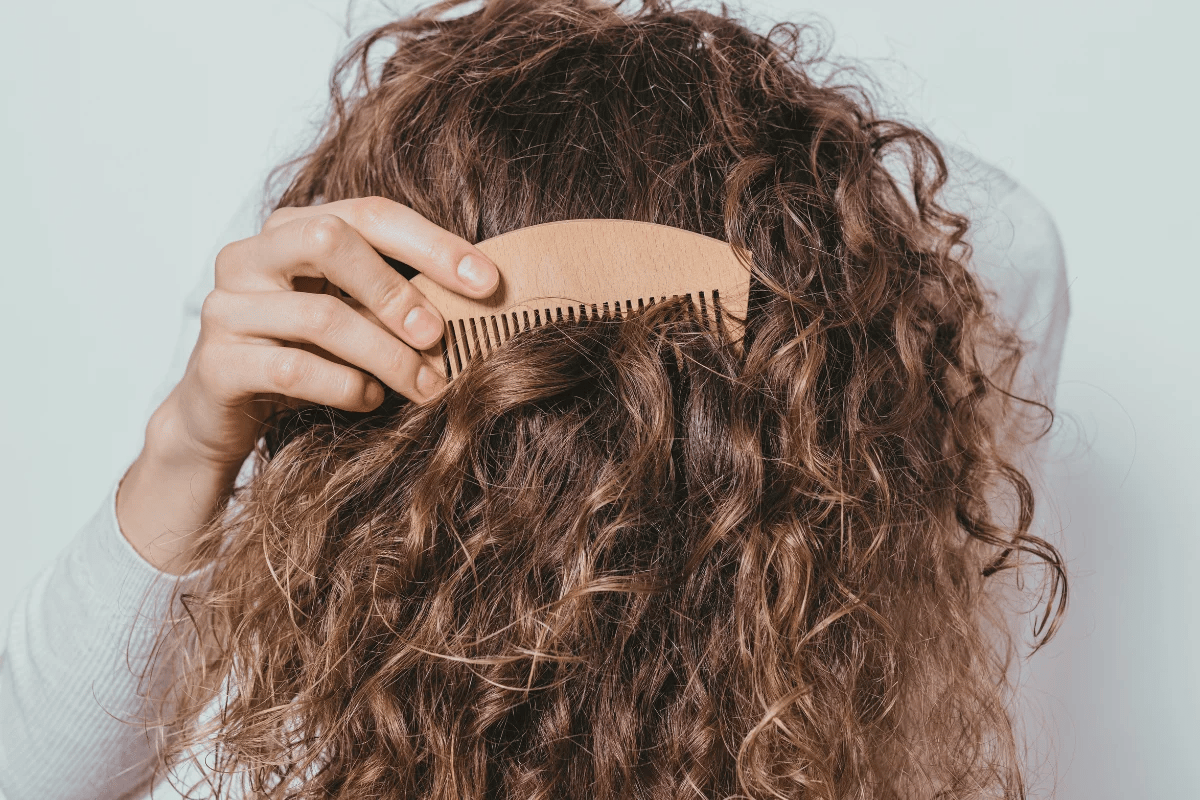
It's incredibly confronting and stressful when you begin to notice more hair strands in your brush, on your floor, in your bed and chunks of it in your shower drain.
And there are 300 different shampoos, conditioners, treatments, sprays, lotions, supplements and elixirs that all claim to give you "fuller, thicker and shinier locks".
But here's the thing — hair loss in women (whether it be short or long-term) is actually super common. In fact, around 40 to 50 per cent of women in Australia will experience some degree of hair thinning or shedding at some point in their lives. Despite how common it is, it shouldn't be something we just have to accept and move on from.
Watch: Cassandra Green demonstrates a trick that elevates an ordinary ponytail. Post continues below.
So, is hair loss actually fixable? And if so, how can you stop it or at the very least, reduce the amount of fallout, once and for all?
We sought help from a leading hair expert — Sydney-based trichologist Anthony Pearce — who specialises in female hair loss and scalp conditions.
Before we go any further, we must stress that hair loss and thinning is a complex and layered issue — there are so many factors that are involved, and the causes and treatments are different for everyone. It's largely determined by genetics, age, ethnicity, gender, general health and nutrient metabolic status. Then there are things like nutrient deficiencies, hormonal changes, pregnancy and lifestyle habits that can tip the scales even further.
